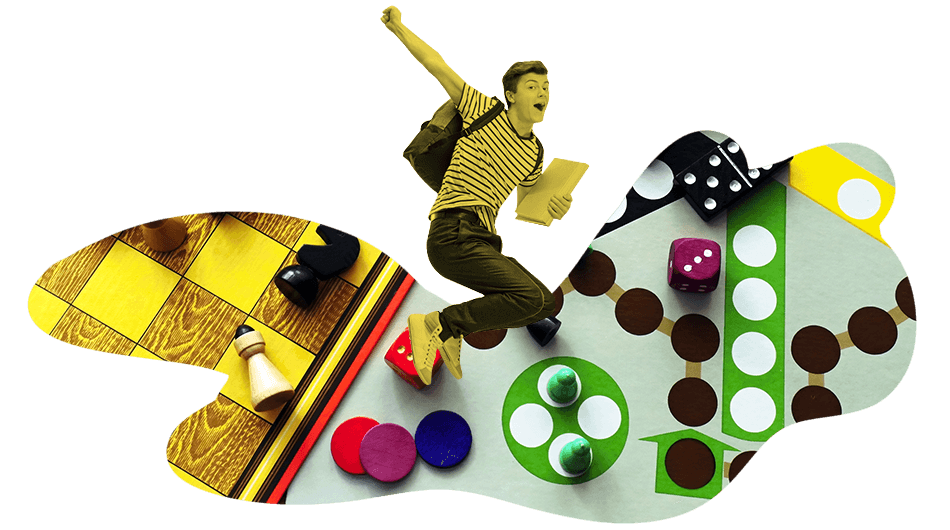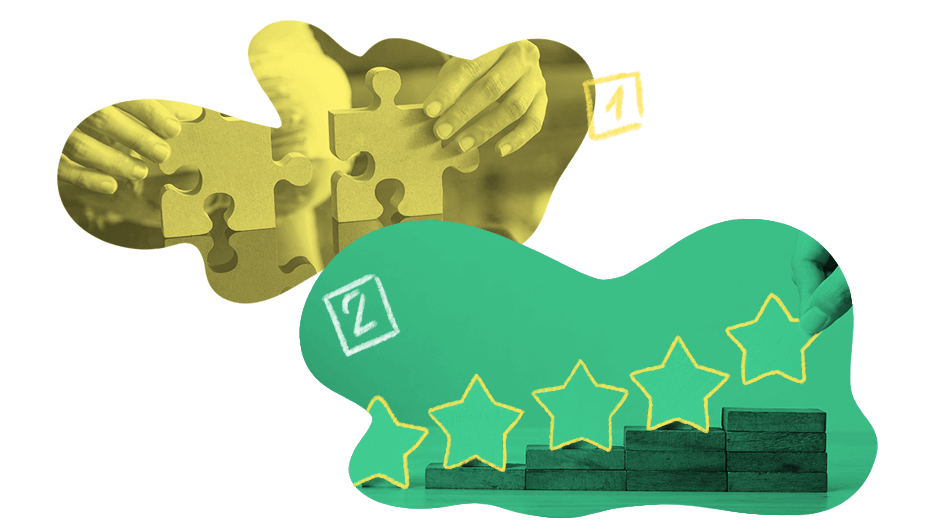The mission of education is to guide a student along the pathway to mastery – from beginner to expert to even master in some areas. If we look at education in this way we can see lots of common elements between the progression in a game and the evolution of education. The pathway to mastery describes the mechanics of games – it takes the player from the beginning of the game through to its successful and inspiring end. That’s what we want to achieve in education as well.
Gamification In The Virtual Classroom – Pathway to mastery
-The mission of education is to guide a student along the pathway to mastery – from beginner to expert to even master in some areas. If we look at education in this way we can see lots of common elements between the progression in a game and the evolution of education. We call gamification the use of game elements like points, badges, and leaderboards to solve non-game related problems.
The pathway to mastery describes the mechanics of games – it takes the player from the beginning of the game through to its successful and inspiring end. That’s what we want to achieve in education. We want to guide the student from the beginner level to the highest possible level in a certain field.
Every game is a sequence of steps. These steps are divided into two types:
- Engagement Loop
- Progression Loop
It’s almost the same in education. We introduce some concept or skill and we repeat it until we are convinced that the student has achieved the desired result. Then we introduce a new concept or skill.

Gamification In The Virtual Classroom – Engagement Loop
The Engagement Loop consists of the individual steps that repeat the same cycle until a player achieves the necessary result. Each loop consists of an action, which induces some kind of result, which then prompts a new action. Everything in this group is important. If, for example, the result of an action isn’t motivating enough for the player, they will stop playing.
Let’s look at the most successful game in the history of computer games – Tetris. In this game poliminos (this is the name of the bricks) fall from the upper part of the screen and the player gets points if they are able to move the bricks to create a full row while they are falling to the bottom part of the screen (action). If the player succeeds, they earn points; however, if the player is able to optimally move the poliminos, they get even more points. This motivates the player to focus on optimization. The more points the player gets, the faster their reaction time needs to be. Therefore, the faster player starts winning more points sooner.

Gamification In The Virtual Classroom – Progression Loop
The Progression Loop consists of steps that lead the player to the next level of the game. These steps are characterized by a change in the short-term goal of the player. Game makers accomplish this in different ways. Here are two of them:
- They give the player new tools
- They put the player in a new setting
Every step, no matter what type, has to entertain the player. Otherwise they will simply stop playing. This means that the motivating factors and feedback received from every step need to be balanced. On the one hand, each step needs to motivate the player to help them continue playing so that they get to the end of the game. On the other hand, the player needs to receive feedback to know that there are new rewards on the road to mastery. If we continue with the Tetris example we can see that in some stages the player gets a new tool – they are able to see the type and orientation of the next polimino. At low speeds this is not necessary, but as the speed of the game increases this new advantage turns out to be priceless. This allows the player to begin thinking about how to strategically combine the current polimino with the next one. This makes them combine spatial thinking, which they learned during the first stage, with strategic thinking that is needed for earning more points in the second phase.

How do we achieve this in the virtual classroom?
I’ll share a personal experience. In corporate trainings on data analysis with spreadsheets, which I lead, employees are given the task of assimilating some moderately complex functions into spreadsheets. The problem comes from the fact that any one business result can be accomplished by using either one of these functions or time consuming human labor. The technical application of these functions requires explication. Therefore, it can be challenging to get your employees to use these functions over the timely and error-filled human analogue. Gamification helps me overcome this problem. I use one of the techniques in the progression loop: I place the employees in a situation similar to their day-to-day lives. I play the role of a boss who has just received long-awaited data about the achievements of the company. The data is in a table consisting of many numbers making them hard to compare, so the important numbers must be made to stand out. Based on these indicators they can determine which company performed better.
Step 1
I give the students a table in which the results from 15 different games (KPI’s) of 10 players (corporations) are applied. I ask them to send me data showing how two players are performing (one of whom is from their company while the other is from their biggest competitor) in three games chosen by me (key indicators). The first student to complete the requested table wins. Screen sharing in the virtual classroom helps a lot for the realization of this gamification. This task can be solved in two ways:
- By simply deleting the unnecessary information
- By using two of the previously explained functions
The result is the same almost every time – everybody solves it using the first method. The person who wins is the one who is faster with their keyboard.

Step 2
The next task is more difficult. I want to see the same result but this time about the performance of one player (my company) versus five other players chosen by me for four other games. That means that now I want to see how the company is presented from a global point of view. The task requires the same action to be done as in the first task, but repeated five times. The person who remembers and uses the two needed functions will definitely win against everyone that uses the same solution as in task 1 and repeats it five times. As I have been hinting to the students that I will be constantly changing the games and the players, everyone is assuming they will win if they can build a system that dynamically pulls data for the games and players. Most of the students usually try really hard to construct a dynamic report and avoid repeating the same “easy” solution many times so as to limit making a mistake. Still, the time that it takes to write two functions is far less than to repeat a certain thing lots of times.
Step 3
By this time the trainees can almost guess what the task will be. Those who have developed the needed template with functions only wait for me to formulate the next objective and they are ready to show me how two random players have performed in several games. A solution that is fully based on the functions will be unbeatable. Therefore, those who have invested in the adoption of the new tools are sure winners. At the same time the objective in this step demonstrates the disadvantages of solutions based on the use of the traditional “easy” method.
If you think about this, this is exactly the strategy used by the creators of Tetris. Thus, if it works in a game, it can work in corporative lessons too.

What comes next?
Motivation and feedback are the foundation of any game. To guide a player from the beginning of the game to its epic finale we need a balanced system of rewards. The creators of games call this game economy. It’s the same in education. We need to convince a student to continue to put in effort until they reach a level of knowledge that we’ve established as a goal. Teachers need a rewards system. We’ll talk about this in the next post: “Gamification in the Virtual Classroom – Rewards.”
